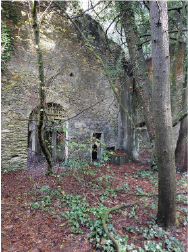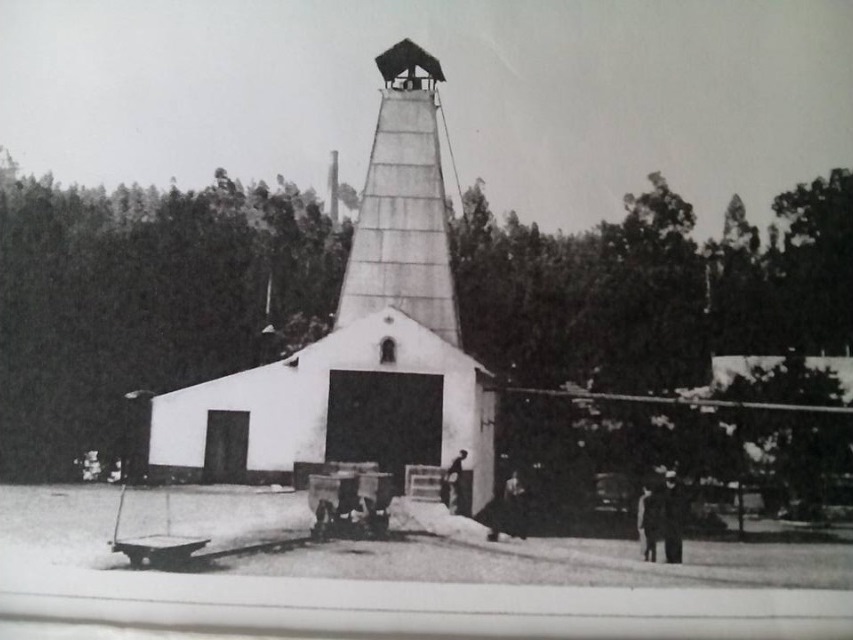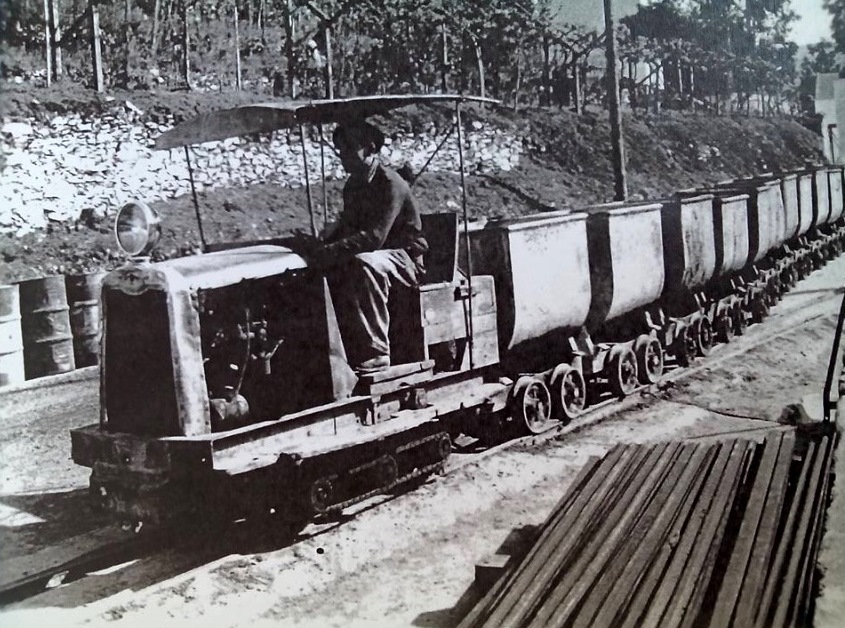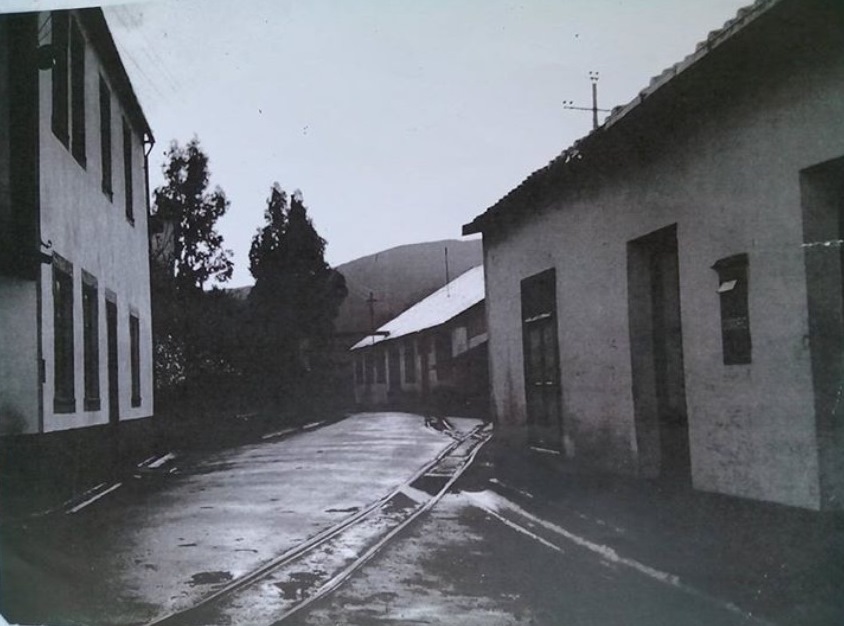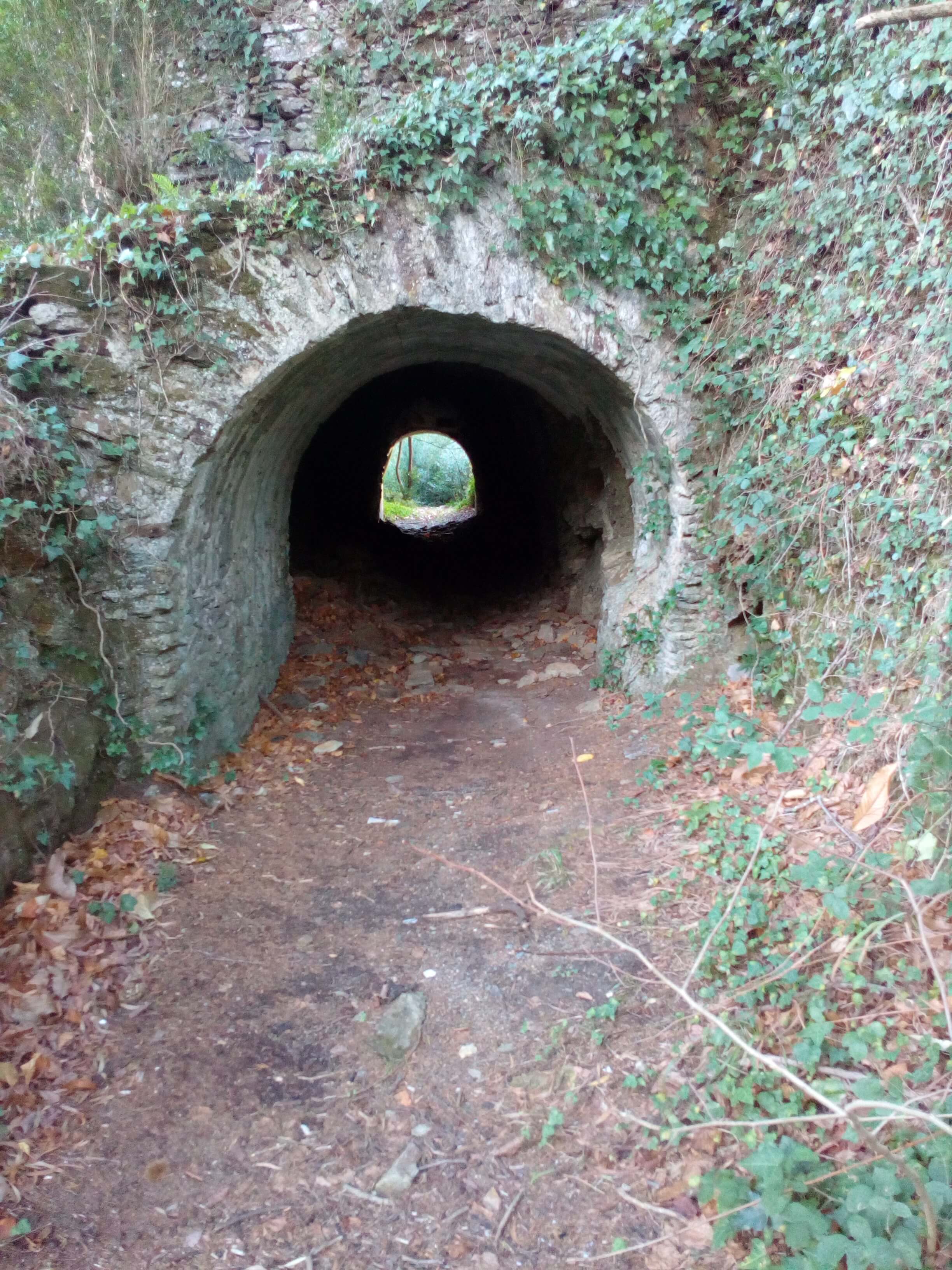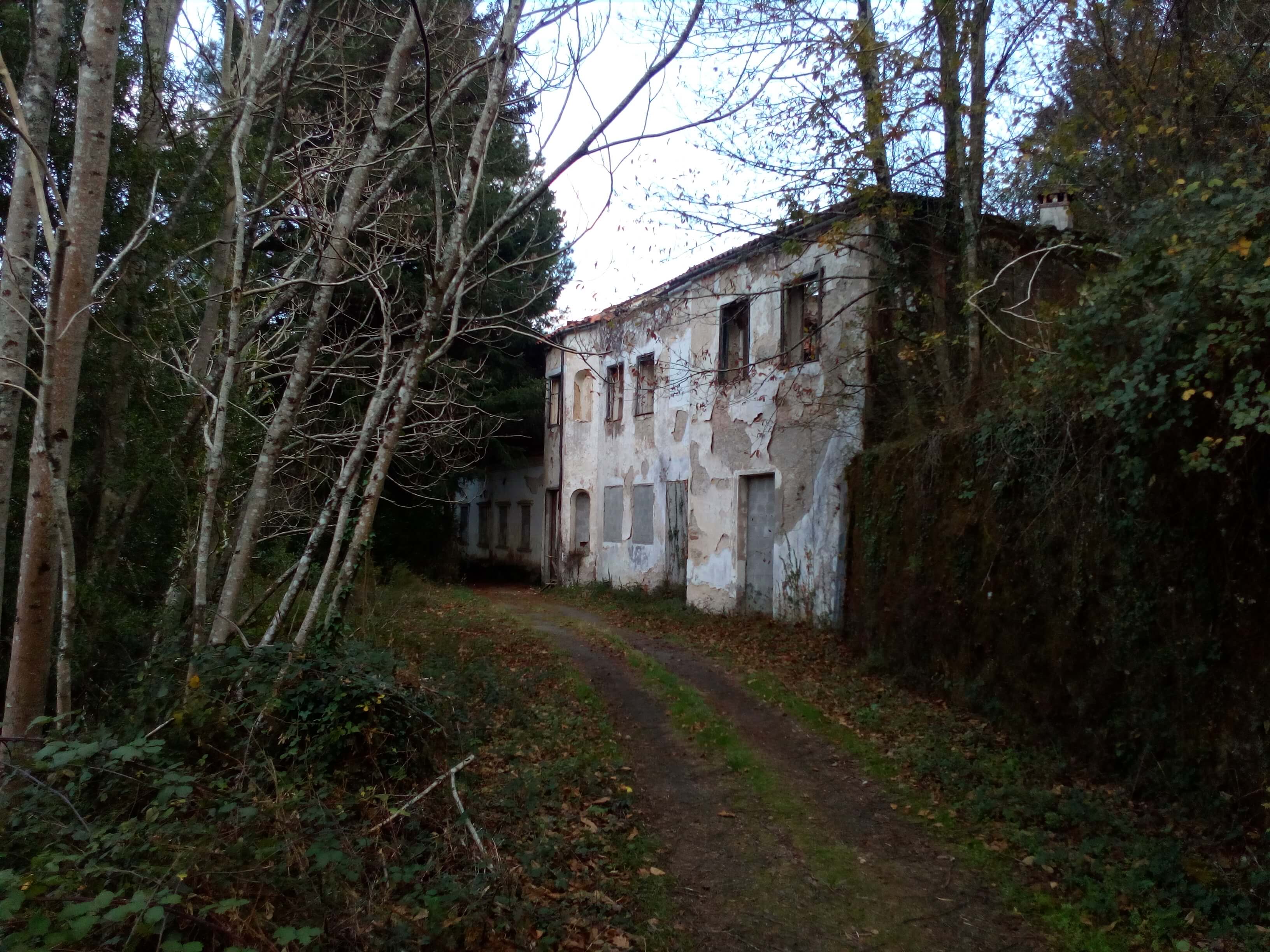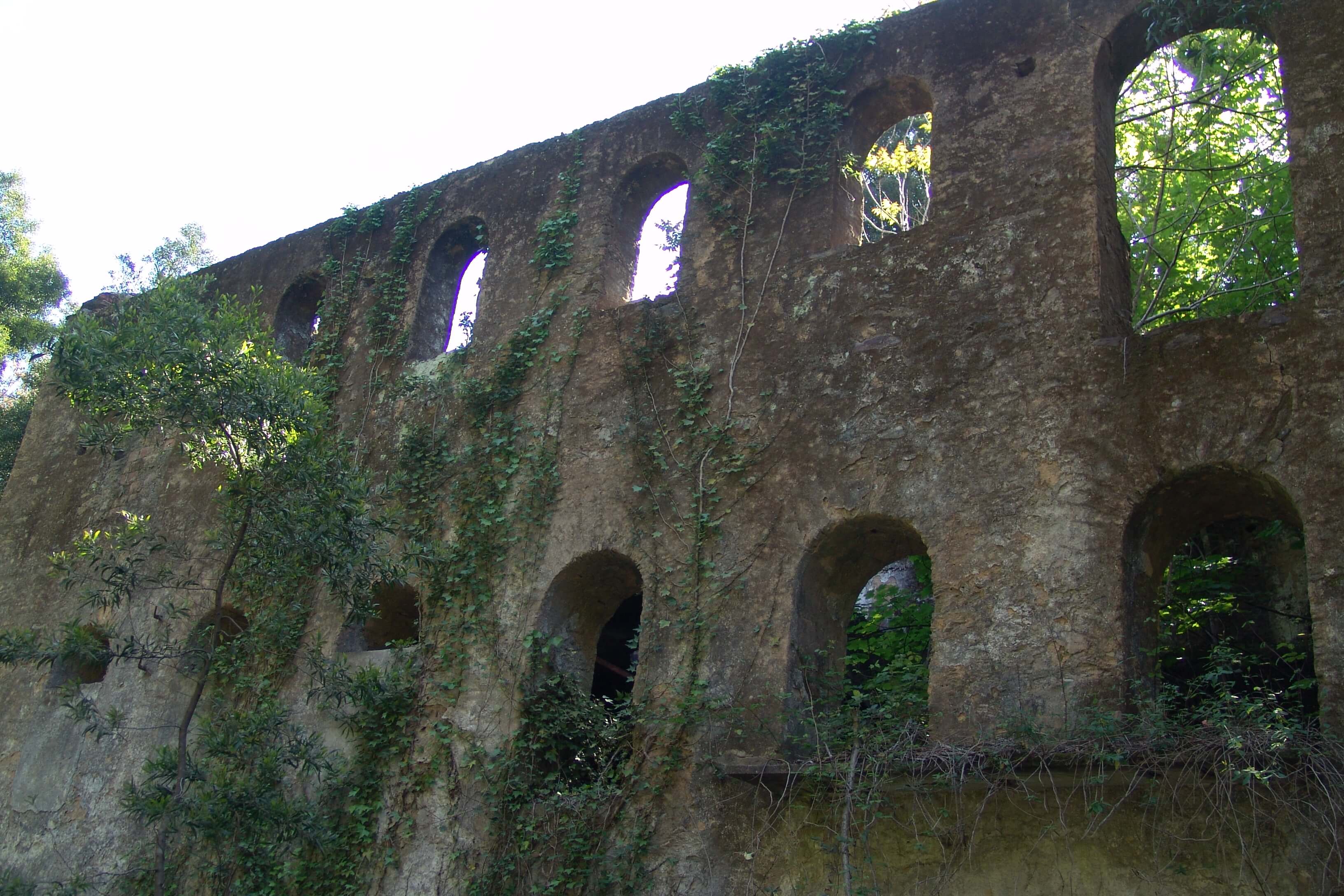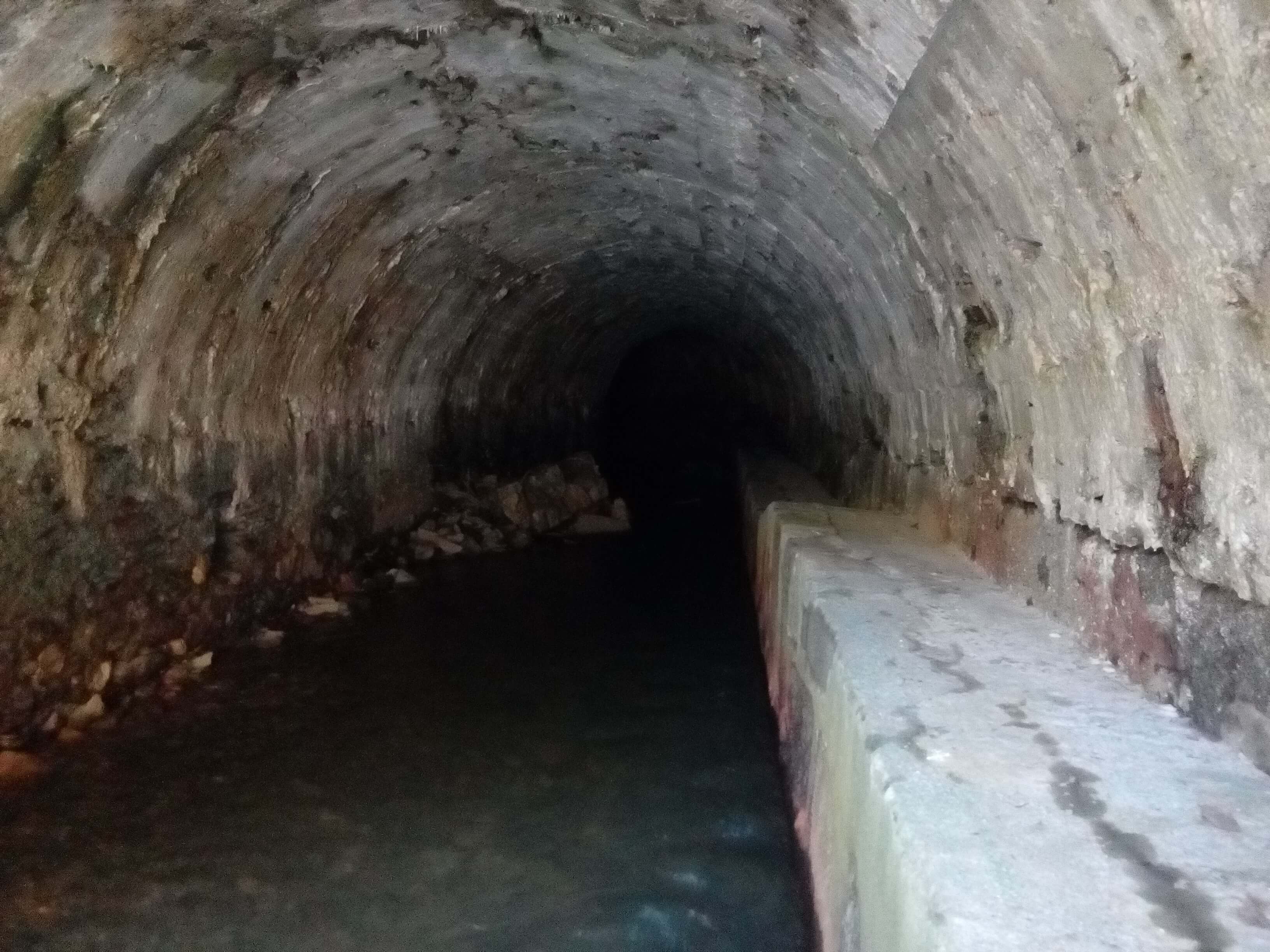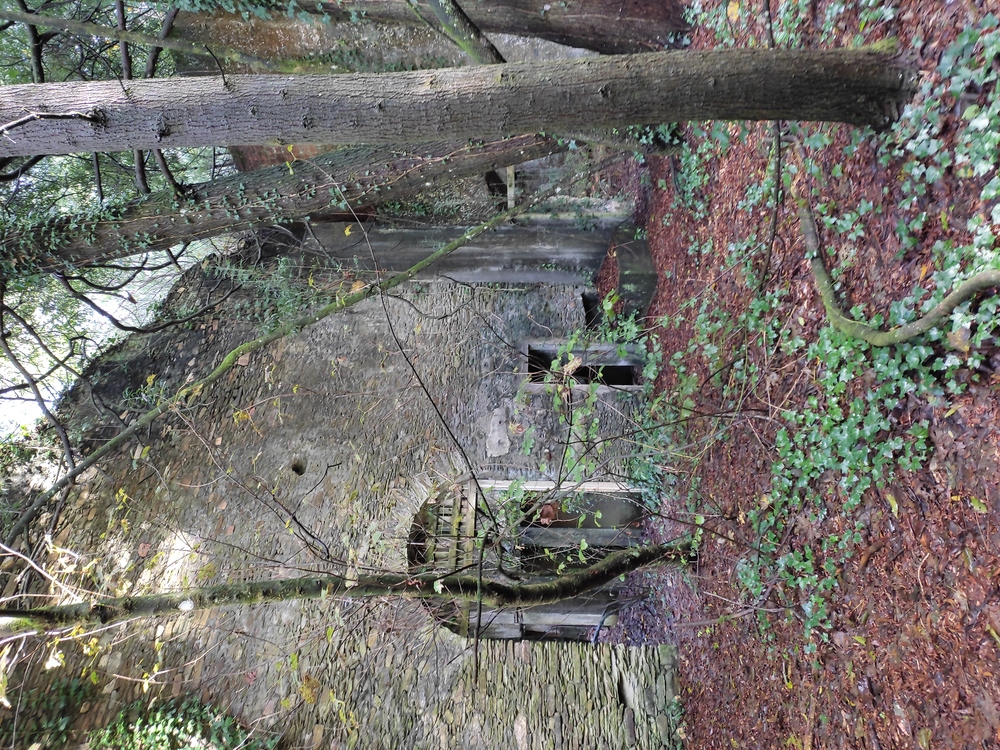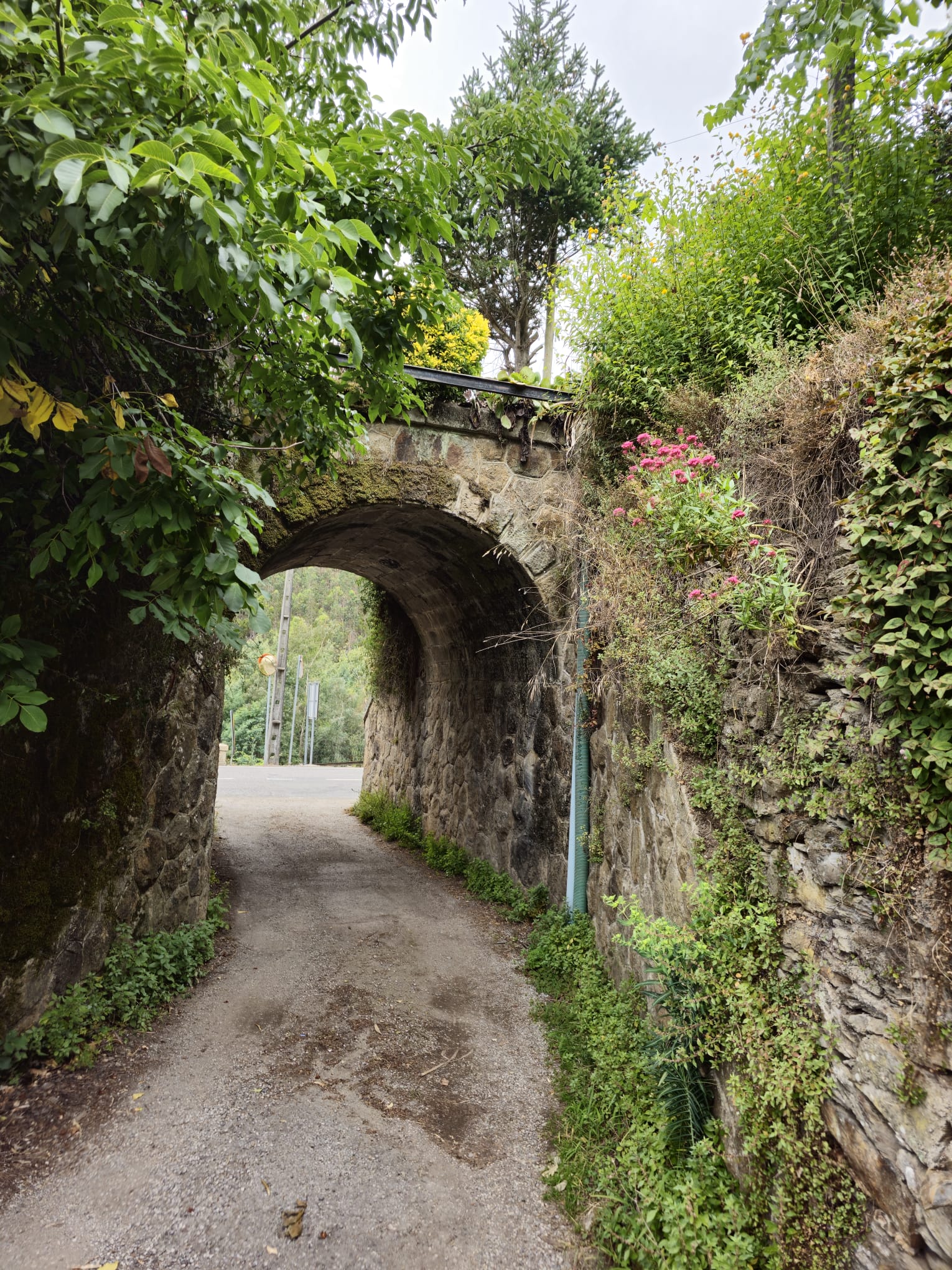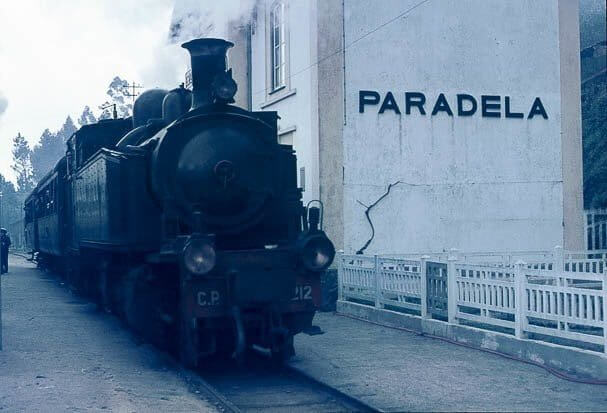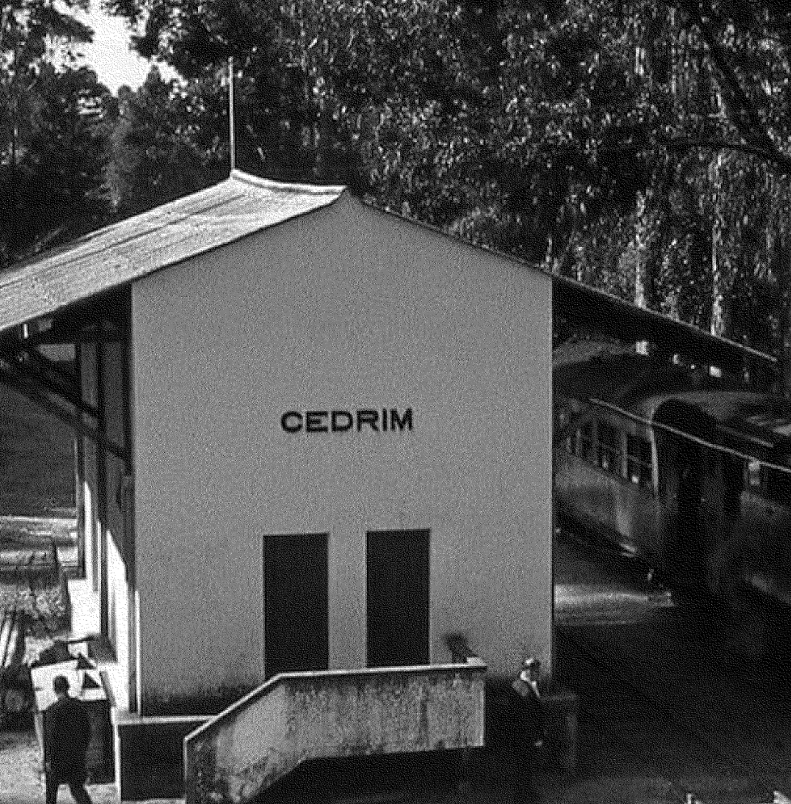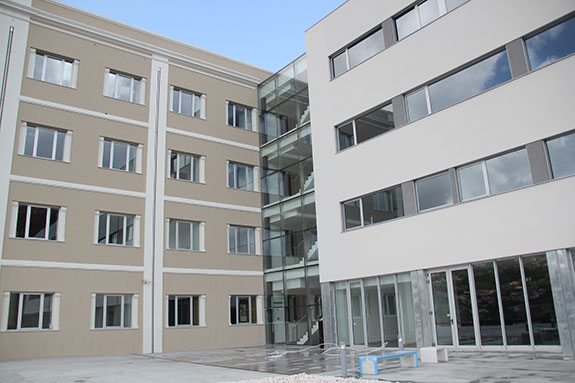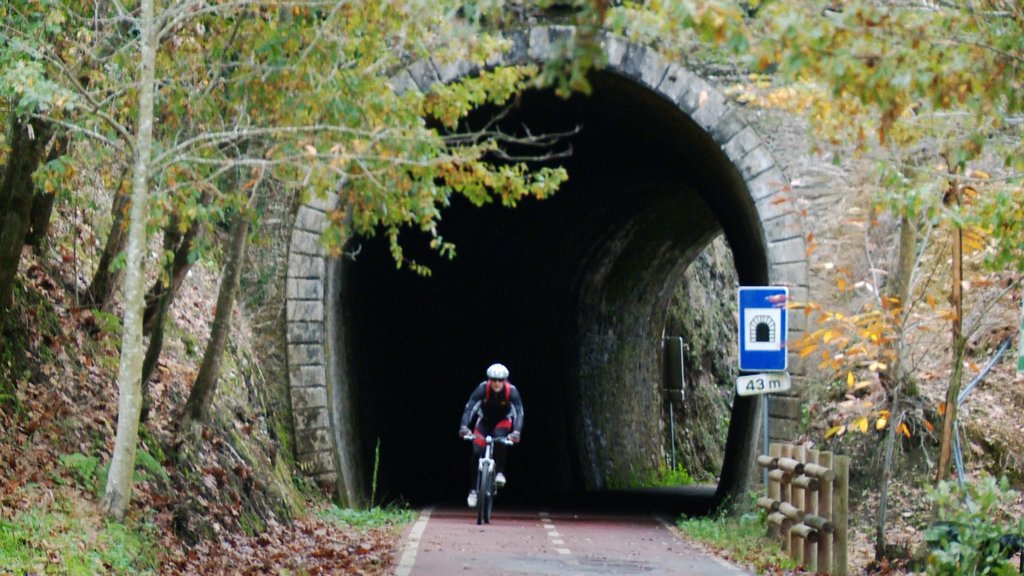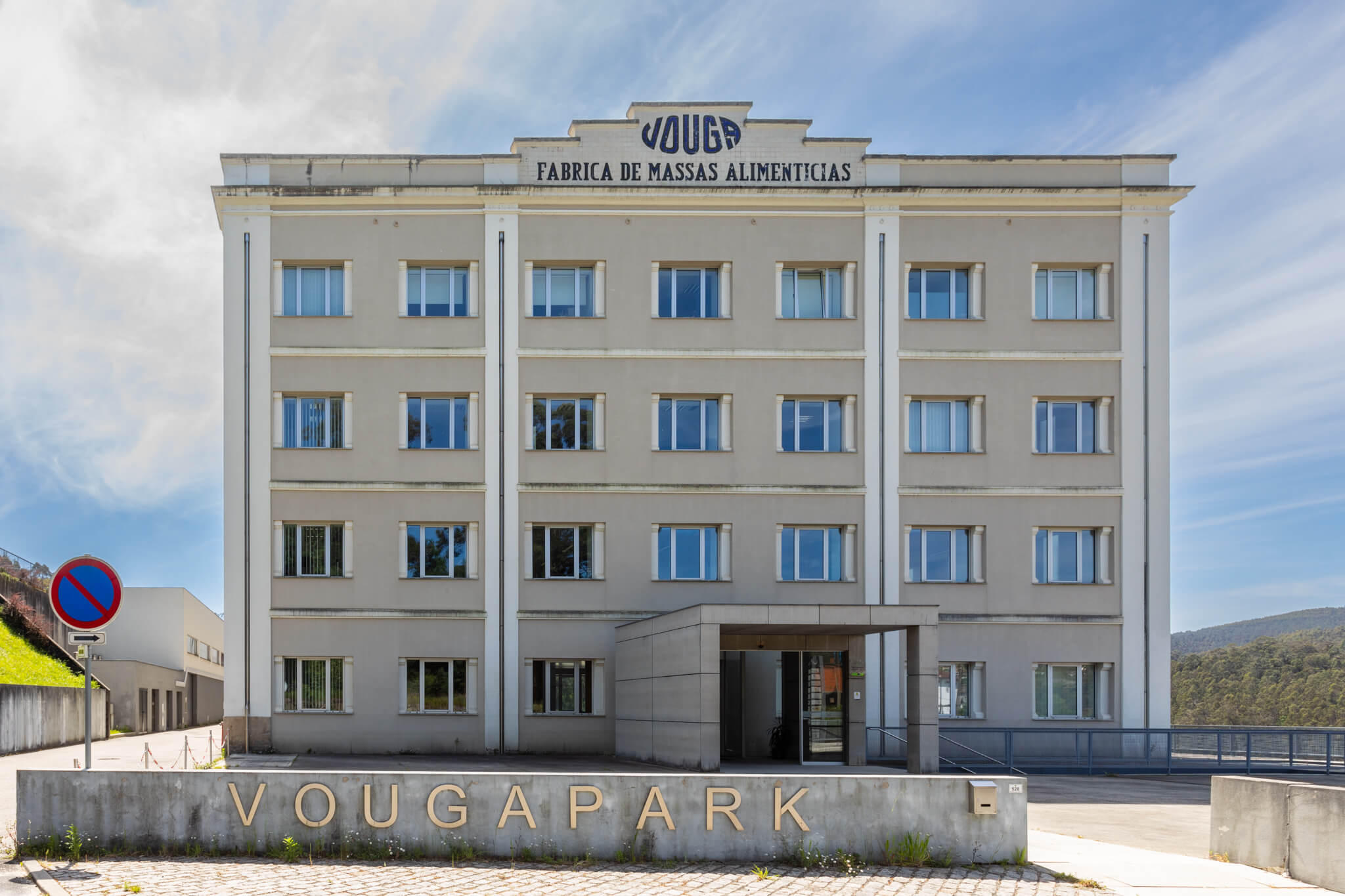This mining complex, currently in ruins, includes the Braçal and Malhada mines stretching along the River Mau, and the Coval da Mó Mine, on the other side of the Serra do Braçal. It is the oldest Portuguese mining concession registered under number 1 and was one of the largest mining deposits in the Aveiro region for galena.
On 6 August 1836, the first mining concession in Portugal was granted by charter to José Bernardo Michellis - the Braçal Mine.
The presence of the Romans in the exploitation of silver and lead galena in Sever do Vouga dates back to the 1st century BC. There are still three galleries in the Braçal Mine Complex with Roman characteristics, where various objects of historical value have been found, which currently make up the collection of the Municipal Museum.
The concession was transferred in 1840 to the German Diedrick Mathias Fewerheerd and became definitive on 2 May 1868.
The Braçal Mining Complex includes, in addition to the Braçal Mines, the Malhada Mines and the Coval da Mó Mines, discovered in 1850 and 1856 respectively.
After the death of the German Diedrick Mathias Fewerheerd on 17 March 1877, the concession was transferred to the company Administração da Minas do Braçal and in 1882 it was transferred to Companhia Mineira e Metalúrgica do Braçal.
In 1912 it had around 350 workers under the Belgian company "Minas e Metalúrgica, SARL".
Mining ceased in 1933 and was restarted in 1942 with the acquisition by Companhia Previdente de Lisboa. This acquisition led to the creation of Companhia Industrial e Agrícola do Braçal, which took over the concession, with João Vidal as its technical director.
Mining reached its peak in 1955, when more than 2,000 tonnes of raw ore were extracted and turned into 900 tonnes of lead bars.
Mining was definitively closed in 1959. In 1972, all the machinery was sold for dismantling and the buildings and land were bought by the Companhia Portuguesa de Celulose (Portuguese Pulp Company), and are still owned by its successors, Portucel and The Navigator Company.
Mining in Sever do Vouga has a long history. It probably dates back to pre-Roman times, although it was certainly the Romans who established mines in a more organised way in the first centuries of our era. Mining is one of the strongest marks of the Roman presence in Sever do Vouga. Lead, silver and copper were exploited, ores that were still exploited here until the 20th century. Lead, in particular, was very important for the plumbing of the houses and gardens in the great Roman villas and, above all, for purifying gold.
Many centuries have passed, but that time has left visible memories. The lucernas, the terra sigillata bowls and the stone structures discovered at the entrance to Roman galleries bear witness to its mining activity. In addition, we can guess that many loads of ore must have passed through the Roman road in this region, of which there is still a visible section in the village of Ereira, in the parish of Talhadas, a strategic link between the Viseu junction and the road between Olissipo (Lisbon) and Bracara (Braga).
The end of Roman civilisation meant that the mines were abandoned and it wasn't until the 19th century that they were explored again. Although the world was already very different so many centuries later, galena continued to be the main mineral extracted here.


